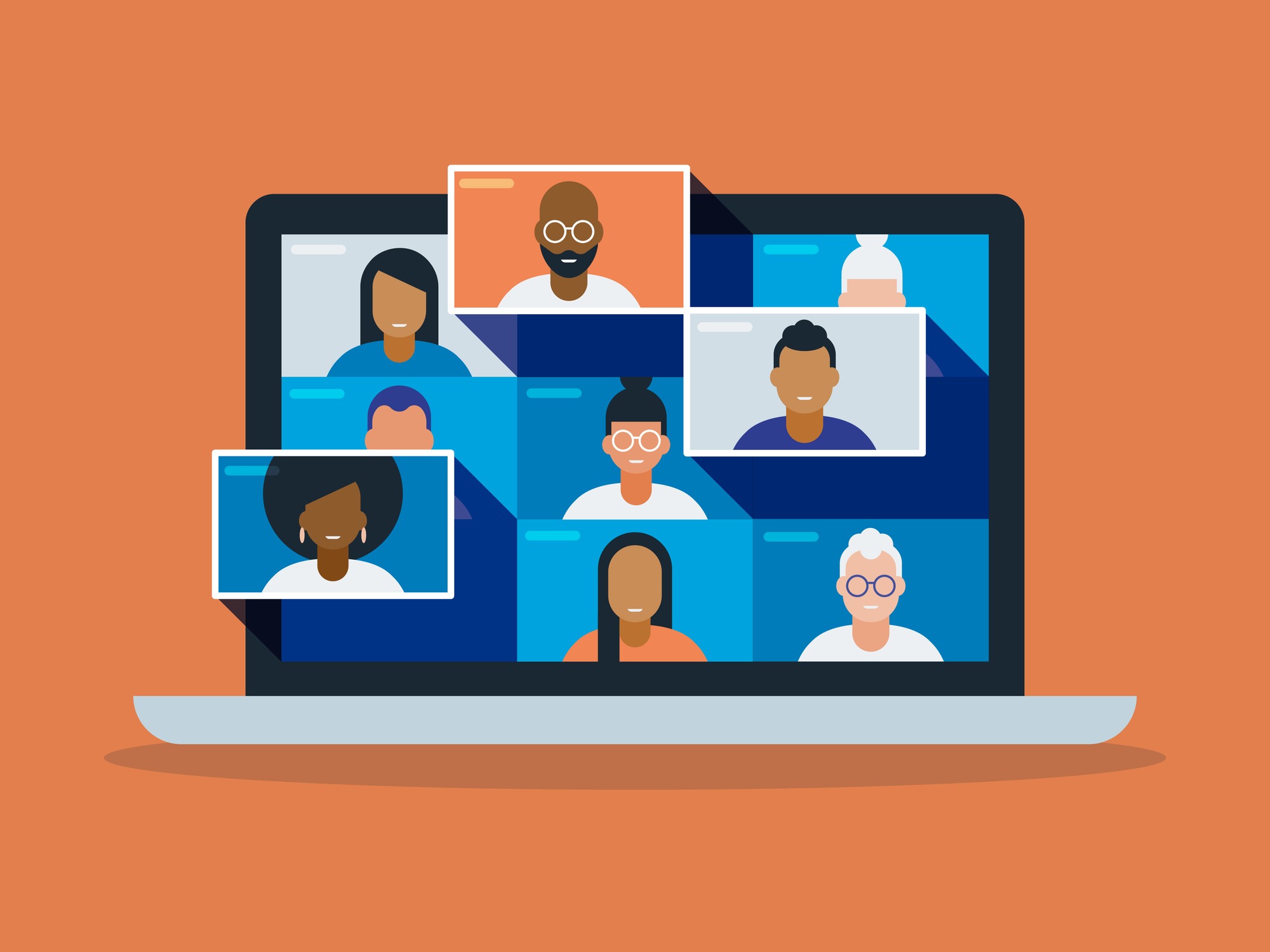Every day, Washington, D.C. hosts advocacy conferences and groups hoping to promote change right on the steps of Capitol Hill. From the Professional Women in Advocacy Summit to the ASACC National Student Advocacy Conference, hundreds of organizations are looking to get people engaged and motivated.
The National Multiple Sclerosis Society (NMSS) is no different and offers an annual three-day Public Policy Conference in D.C. focused on training advocates to meet with congressional offices and advocate for legislation. But in 2021 and 2022, this event had to be held virtually due to the pandemic.
The NMSS decided to partner with Capitol Canary (previously known as Phone2Action), an advocacy software platform, to make sure engagement and advocacy remained at the forefront of their conference, even as it was held in a virtual setting.
Ease of Registration
Laura Bennett, the director of grassroots advocacy at NMSS, explains how by using Capitol Canary, they created a text keyword that would be shown at any NMSS events taking place in the months leading up to the conference. The ease of being able to simply text a phrase to a five-digit number allowed people to register right from their phone at another event and led to around 1,300 sign-ups. “Capitol canary is the main way we are reaching out and emailing folks to join and that’s where our largest pool of participants will come from,” says Bennett.
The partnership saw value in the actual event itself in innovative ways. When people participated in the different advocacy opportunities, a pin would get dropped on the map in their location and their name would scroll along the bottom of the screen. “People get a lot of pride out of that and really feel like they are making a difference as they can see themselves within this larger movement,” Bennett says.

One of the advocacy options is sending personalized messages to policymakers on social media. By using Capitol Canary’s software, NMSS developed a website that shares information about NMSS and has an email that is both pre-written and targeted for the group. The email could be sent to senators, representatives and others and could also be personalized by everyone who wanted to add personal anecdotes or additional messaging. There was also an option to tweet or patch through a call if participants wanted to speak with the government official’s office. “We see almost 100% action rate because we are able to have participants do it right then and there,” emphasized Bennett.

Read More: How to Harness the Lasting Power of Virtual Meetings
Post Event Pluses
Jeb Ory, co-founder and chief strategy officer of Capitol Canary, says, “You can look and see how many people are engaged from their database and from their network. You can also see which lawmakers received communications and conversion rates–how many people clicked versus how many people followed through, so there are a lot of metrics that an organization can use.” While most of these were designed to be in-person tools, Try found that in-the-moment advocacy works well virtually.
“An organization can learn a lot from the NMSS. They are pros at getting their activists engaged and growing their ranks of activists,” said Ory. “As we are moving back into in-person events we don’t want to lose what has been effective virtually, but we want to give people the chance to break bread together and convene.”
The NMSS will be returning to an in-person model in 2023 where they bring 300 people to Washington, D.C., but the organization recognizes the importance and necessity of a virtual option so they will be adding a separate virtual component.




